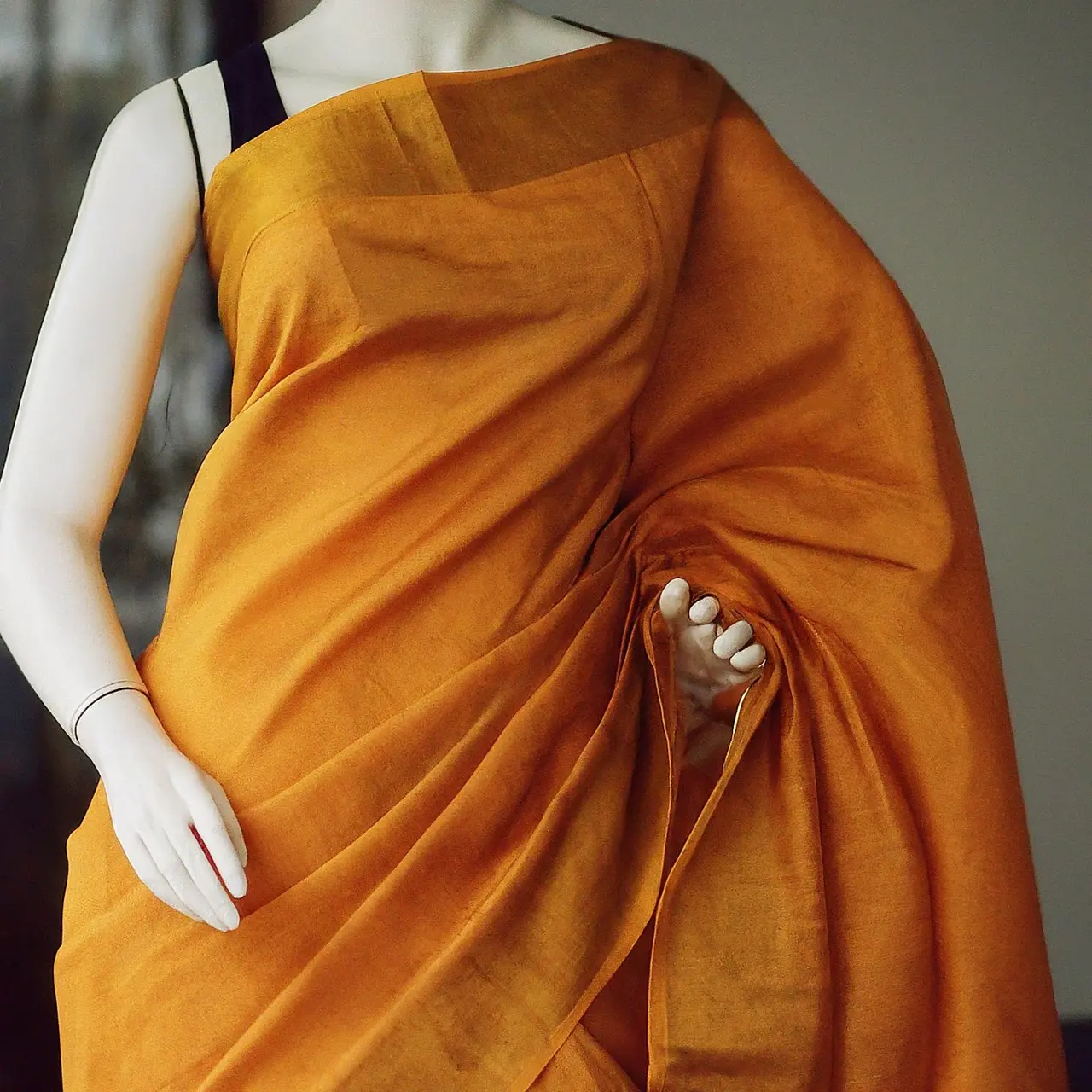Why Handloom Formal Sarees are a Must-Have in Your Wardrobe
In the tapestry of Indian attire, the handloom formal saree weaves together tradition, elegance, and sustainability, creating a garment that is timeless. These sarees are not just attire, but a narrative of painstaking craftsmanship and cultural heritage, making them an essential component of every woman’s wardrobe who values these attributes.
The Timeless Appeal of Handloom Formal Sarees
The charm of handloom formal sarees lies in their timeless appeal. Each piece is a unique masterpiece, handwoven by artisans who have inherited centuries-old weaving techniques. This traditional elegance ensures that a handloom saree never goes out of style, making it a must-have for any wardrobe that values elegance and longevity.
Moreover, the diversity in design, from the richness of a Banarasi saree to the subtle elegance of a Chanderi, means that there is a handloom piece for every occasion. Whether attending a wedding or a formal event, the wide range of designs and fabrics offer unparalleled choices to the discerning woman.
The Craftsmanship Behind Handloom Sarees
Behind every handloom saree is a story of skill and patience. Artisans spend weeks, sometimes months, creating a single saree. This process involves complex techniques passed down through generations, from spinning the thread to weaving the fabric on traditional looms. Such an intensive process not only ensures the uniqueness and quality of each saree but also imbues them with a sense of culture and history.
Sustainability and Ethical Fashion in Handloom Sarees
In an era where sustainability has become paramount, handloom sarees offer an ethical choice in fashion. Made from natural fibers and created with minimal environmental impact, these sarees promote a sustainable wardrobe. Supporting handloom sarees also means contributing to the livelihood of local artisans, thereby fostering an environment of ethical fashion consciousness.
Choosing handloom over mass-produced fabrics directly benefits the environment by reducing the carbon footprint, making handloom sarees an exemplary model of sustainable fashion. This commitment to eco-friendliness, coupled with the unique beauty of handloom fabrics, makes them an irresistible choice for the conscientious buyer.
Styling Tips for Handloom Formal Sarees
Styling a handloom saree for formal events is an art in itself. Pairing it with the right accessories can enhance its elegance manifold. Traditional jewelry, such as jhumkas and Kundan necklaces, complements the saree’s elegance, while minimalist modern pieces can add a contemporary twist to the traditional look.
The versatility of handloom sarees also allows for experimentation with blouses. From classic cuts to modern designs, the blouse can transform the saree’s appearance, making it suitable for various occasions. Additionally, choosing the right footwear, such as ethnic sandals or elegant heels, can round off the look perfectly.
Where to Find the Best Handloom Formal Sarees
Discovering the right place to purchase handloom sarees can enhance your shopping experience. Government emporiums, specialized boutiques, and reputed online stores are treasure troves of handloom sarees, offering a wide range of selections from different parts of India. Personally visiting these stores can also offer a touch of connection to the craftsmanship behind each saree.
A Legacy Draped in Elegance
Handloom formal sarees stand at the intersection of artistry, tradition, and sustainability, offering more than just attire, but a legacy draped in elegance. As fashion leans towards ethical choices and unique statements, embracing these sarees is not merely an act of style but a commitment to preserving the tapestry of Indian craftsmanship and the environment. They do more than just adorn; they narrate stories, making every occasion a testament to India’s rich cultural tapestry. Thus, incorporating handloom sarees into your formal wear collection is more than a choice—it’s a celebration of heritage, craftsmanship, and personal ethics in fashion.






